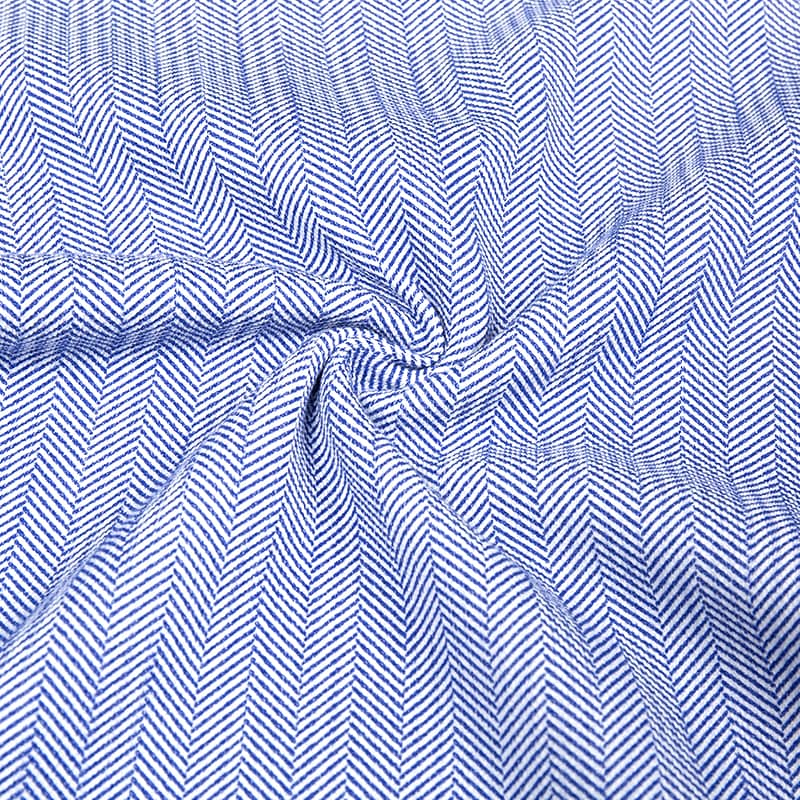
Pique knitted fabric's ability to regulate temperature when combining yarns with mixed fibers is influenced by the inherent properties of the individual fibers and their interactions within the fabric structure. When different types of fibers are blended together in pique fabric, their unique characteristics can work synergistically to create a fabric that helps regulate temperature. Here's the principle behind this ability:
1. Moisture Management:
Natural fibers, such as cotton or bamboo, are known for their moisture-absorbing properties. Synthetic fibers like polyester or nylon often have moisture-wicking capabilities. When these fibers are combined in a blend, the fabric can effectively manage moisture. Natural fibers absorb moisture from the body, while synthetic fibers transport moisture away from the skin to the fabric's surface.
2. Temperature Regulation:
The combination of moisture management and the specific thermal properties of the fibers contributes to temperature regulation. Here's how it works:
- Warmth Retention: Natural fibers like wool have insulating properties that help retain body heat in cold conditions. When blended with synthetic fibers, they create a fabric that traps warm air close to the body, providing thermal comfort.
- Cooling Effect: In warm conditions, the moisture-absorbing natural fibers draw sweat away from the body. When the moisture reaches the surface of the fabric, the synthetic fibers facilitate rapid evaporation. This process cools the body through evaporative cooling.

3. Quick Drying:
Synthetic fibers like polyester have the advantage of drying quickly. When combined with natural fibers that might retain moisture, the synthetic component accelerates the evaporation process, ensuring that the fabric doesn't stay wet for long.
4. Breathability:
The combination of natural and synthetic fibers can enhance the overall breathability of the fabric. Natural fibers allow air circulation, while synthetic fibers wick away moisture and aid in releasing trapped heat.
5. Comfort and Versatility:
The combination of different fiber types addresses the shortcomings of each fiber. Natural fibers provide comfort against the skin, while synthetic fibers offer durability and performance.
6. Adaptability to Conditions:
The ability of pique fabric to regulate temperature depends on the ratio of different fibers and their properties. Manufacturers can adjust the blend composition to create fabrics suitable for various weather conditions.


 English
English 中文简体
中文简体











